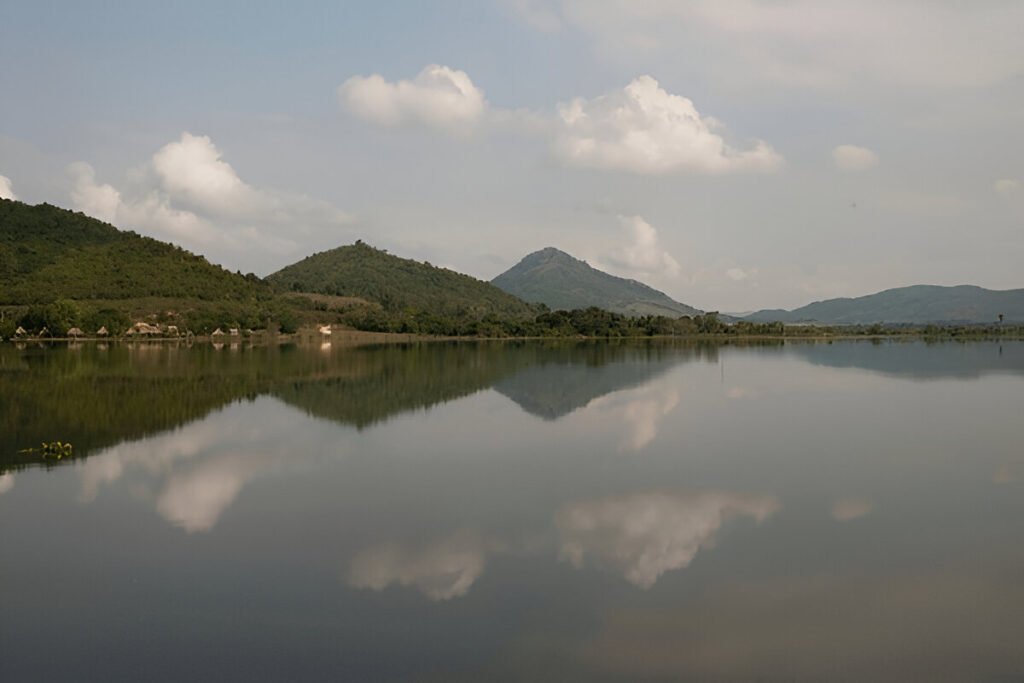Introduction:
Nestled in the heart of Osaka, Japan, is Sumiyoshi Taisha, one of Japan’s oldest Shinto shrines. Established in the 3rd century, this hallowed ground serves as an essential touchstone to the rich spiritual heritage of the Japanese people. This ancient Shinto shrine, also known as Sumiyoshi Grand Shrine, radiates with a timeless appeal that has drawn millions of devotees and tourists alike. Its historical and cultural significance, coupled with its magnificent architectural style, makes Sumiyoshi Taisha a must-visit destination when in Japan.
Exploring Sumiyoshi Taisha: A Journey Through Japan’s Ancient Spiritual Heritage
Sumiyoshi Taisha is a splendid spectacle steeped in ancient tradition and spiritual serenity. Its hallowed grounds house four main shrines, constructed in the unique Sumiyoshi-zukuri architectural style – a style so pure and unaltered that it is designated as a national treasure of Japan. The shrines are dedicated to the three Sumiyoshi Okami, Shinto sea deities, and Empress Jingu, signifying the age-old connection between Japan and the sea. The journey through the premises unfolds like a beautiful narrative of Japan’s ancient spiritual heritage, with each structure and symbol telling tales of the country’s rich past.
Walking across the vermilion Taiko-bashi Bridge, a distinctive arched bridge that serves as the gateway to the sacred grounds, engulfs you in a sense of tranquillity. The bridge symbolizes the passage from the mundane to the spiritual world. Within the premises, the peaceful aura is heightened by the lush greenery and the melodious chirping of the birds. The Old Grand Shrine, with its straight roofs and ornate design, stands as a testament to the original Japanese architectural style, uninfluenced by the mainland Asiatic styles.
Discovering the Mystique of Sumiyoshi Taisha, A Timeless Shinto Shrine
The mystique of Sumiyoshi Taisha is not only rooted in its architectural grandeur but also in the cultural narratives and rituals it upholds. One of the most important events held at the shrine is the Hatsumode, the first shrine visit of the New Year. During this time, the shrine buzzes with energy as millions of devotees throng to seek blessings and make their first prayers of the year.
Sumiyoshi Taisha is also renowned for its sets of sacred rites known as the Sumiyoshi Matsuri, held annually in the summer. This vibrant festival is a stunning display of cultural performances, traditional music, and a grand procession. One of the highlights of this event is the Nagoshi-no-harae, a purifying ritual where people walk through a large reed ring to ward off misfortunes and illnesses.
Local Tips:
The best time to visit Sumiyoshi Taisha is during the early morning or late afternoon when the premises are less crowded. It’s advised to wear comfortable shoes as there’s a lot of walking involved. Do not forget to enjoy the unique experience of a traditional tea ceremony at the Nakanoshima-tei, located within the shrine’s premises.
How to Get There:
Sumiyoshi Taisha is easily accessible by public transport. From Osaka, you can take the Nankai Main Line to Sumiyoshi Taisha Station. The shrine is just a short walk away from the station. If you’re driving, it’s about a 30-minute trip from central Osaka.
Nearby Attractions:
While you’re in the area, consider visiting the Sumiyoshi Park, Japan’s first public park, just a stone’s throw away from the shrine. Other nearby attractions include the Nagai Park and the Osaka Museum of Natural History, perfect for nature and history enthusiasts.
Conclusion:
Sumiyoshi Taisha is not just a destination; it’s a journey into the heart of Japan’s spiritual and cultural heritage. The shrine’s serenity, coupled with its historical and architectural grandeur, offers a unique and unforgettable experience. Don’t miss the chance to be a part of this timeless spiritual journey and steep yourself in the rich cultural tapestry of Japan.






